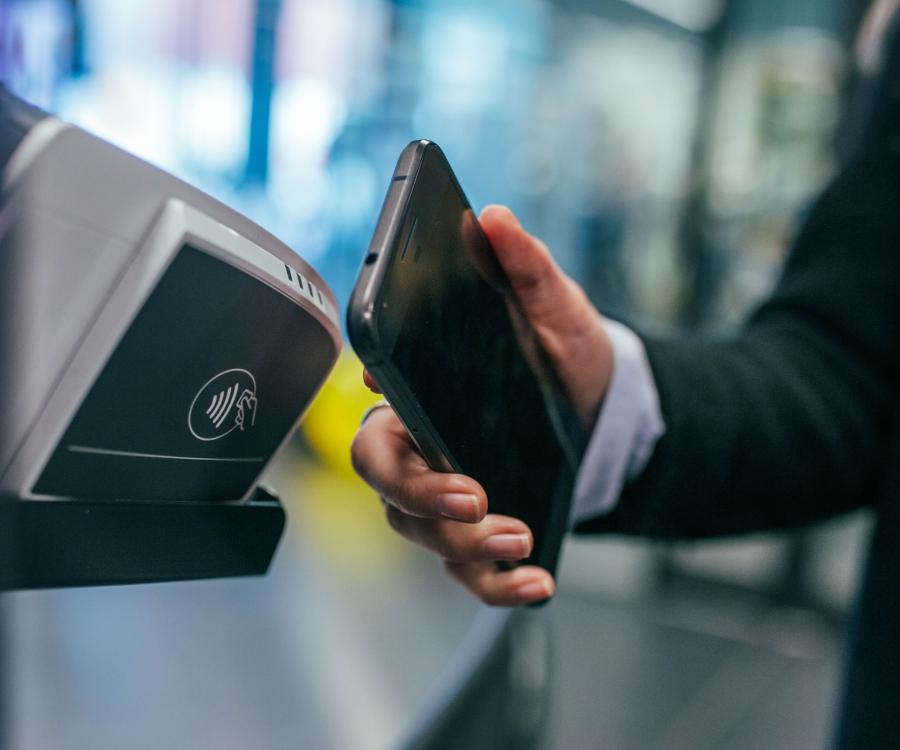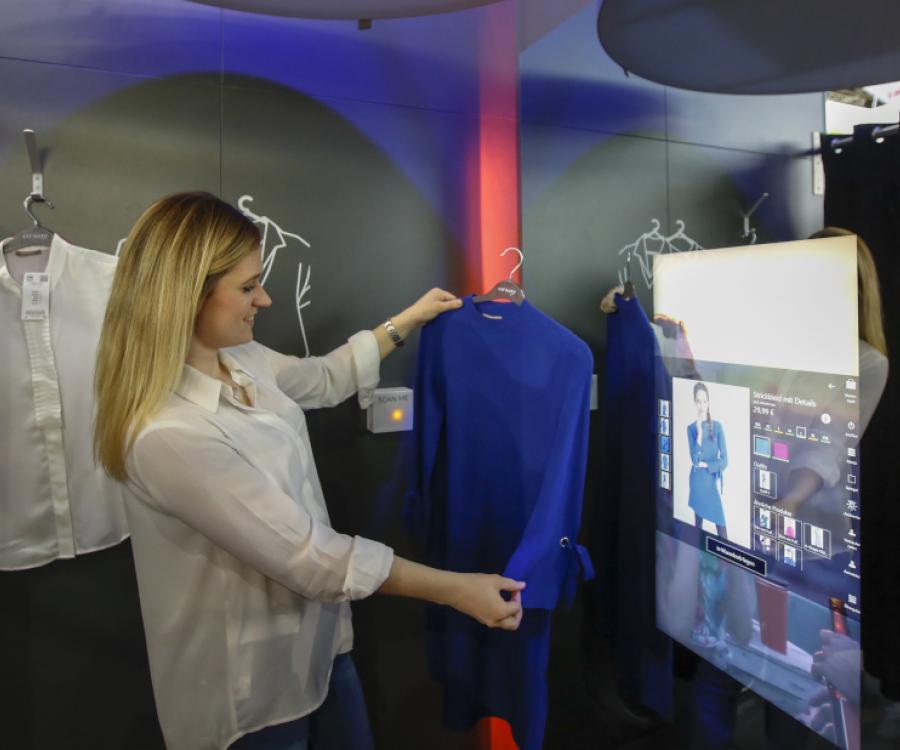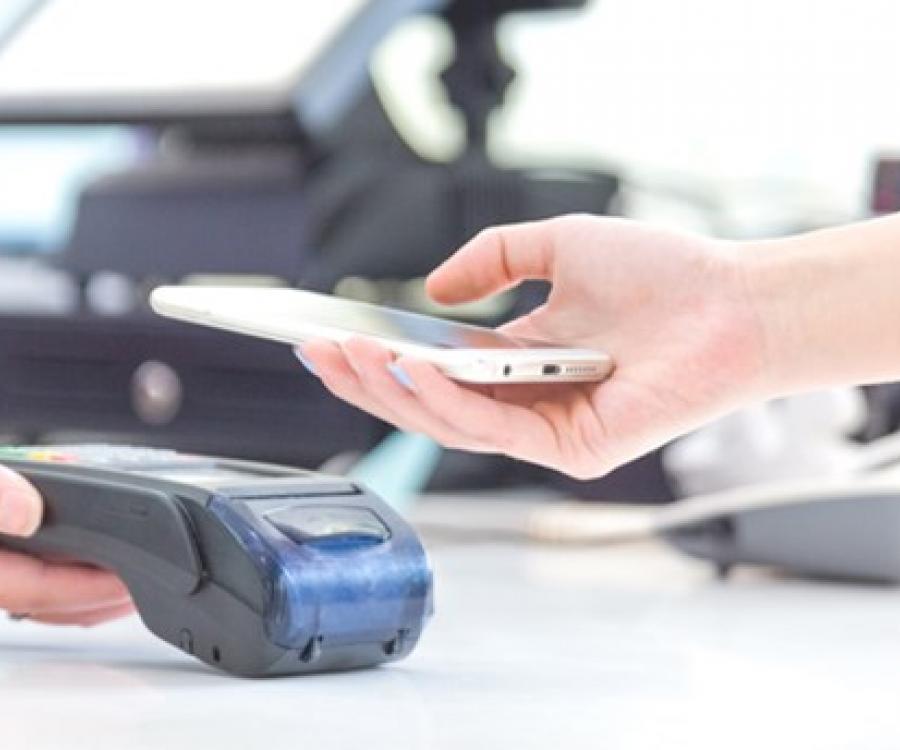Mobile payment options with smartphones have not comprehensively made their way into brick-and-mortar stores yet, at least not in Germany. On the other hand, interest in biometric payment systems is growing. Today, many users already unlock their smartphones or laptops using their fingerprint.
We spoke with Marc Fliehe from Bitkom- Digitalverband Deutschland, on how biometric authentication might change the way we pay in the future.

Mr. Fliehe, what is biometrics and how is it being used in connection with authentication processes?
Marc Fliehe: Biometrics are based on methods that utilize the unique characteristics of a person. The results are converted into a data set and digitally stored. To check an identity, the converted biometric data of a person can be compared to existing data sets. The best-known technique is the fingerprint. However, the iris, voice, the face or heartbeat can also be used to identify a person. What’s important to know here is: generally, not the image of a fingerprint is being stored, but only the converted biometric data.
Are biometric payments the better mobile payment system?
Fliehe: In our opinion, biometric systems will be used for payment authentication in the foreseeable future. That means they can replace a PIN number or signature. Having said that, they would not necessarily replace the payment process per se (credit card payments, mobile payments). What’s more, it is also conceivable to use biometric systems without cards or smartphones, though they would be based on other electronic procedures. You can already pay by using your fingerprint at the respective app store using the latest iPhone models or modern Android smartphones. The credit card information is stored in this case.
IT security expert Marc Fliehe answers the question "How secure are biometric security systems?" in the Interview with Galileo (in German).
Biometric data is intended to considerably reduce the risk of fraud while providing more convenience at the same time. The internet has many instructions on how fingerprints can be easily copied. It is just as easy to outsmart iris scanners – usually, a simple photo of the right size is enough. How secure are biometric payment systems really?
Fliehe: Biometric data make every person unique – and this makes them highly secure. But obviously, this requires high-quality products. They feature biodetection technology for example and can generally not be fooled with simple means like a photo. It’s also clear that no process can guarantee 100% security. However, a 4-digit number that scammers can easily spot when you enter it at an automated teller machine, for instance, is far less safe compared to biometrics.

Eight out of ten Germans want to use fingerprints in the future. How educated are we Germans actually when it comes to security vulnerability?
Fliehe: German citizens are considered to be more reserved when it comes to technological innovations. That’s why the great interest in biometric authentication suggests even more that Germans trust in this technology.
Are manufacturers and service providers actually able to make this type of payment process secure?
Fliehe: A security increase by using a PIN number (so-called two-factor authentication) can definitely make sense when protection is meant to be extremely high, for instance in the case of large amounts of money. What’s more, manufacturers are constantly improving their products. Since innovation cycles in the IT sector are very short, great leaps can be made within a few short years, even as it pertains to the safety and security of biometric authentication systems.
How will the use of biometric payment systems develop over the coming years?
Fliehe: We feel confident that authentication via biometric payment systems will continue to expand in the coming years. Many smartphone users already use fingerprints today to unlock their device and experience first-hand, how easy, convenient and secure biometrics are. These positive experiences will also promote biometrics as a payment method of the future.










